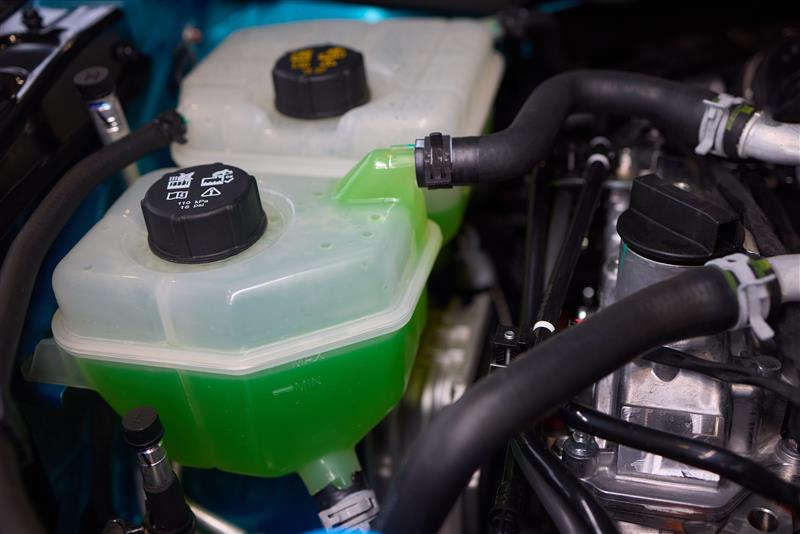5 tips for maintaining coolant quality
Want to get more mileage out of your coolant? Here, we’re breaking down our five essential tips to help with maintaining coolant quality effectively for your vehicles and machinery.

Experience The Difference With SAR Lubricants
At SAR Lubricants, we understand the critical role that quality coolant plays in the performance and productivity of your machinery and vehicles. With over 150 years of heritage and expertise, our team is here to help you find the right coolant solution for your operational needs. Reach out to us today!
1. Consult your vehicle or equipment manual
Your vehicle or equipment’s manual is an invaluable resource when selecting the appropriate coolant. It provides detailed specifications for the required type, ensuring compatibility with your engine. Whether you manage a fleet of vehicles or maintain heavy industrial machinery, always refer to this essential guide to prevent costly mistakes and ensure smooth operations.
2. Understand the limitations of colour
While coolant is available in various colours, relying solely on colour to select the right coolant for your vehicle or machinery can lead to complications. It’s essential to refer to the manufacturer’s specifications based on your equipment’s make, model, and age. Informed decisions help you maintain efficiency and prevent operational disruptions.
3. Know your vehicle or equipment’s cooling needs
Many car manufacturers recommend different coolant specifications and changing coolant every 30,000-60,000 miles or every 3 to 5 years. Some heavy duty truck manufacturers can recommend coolant changes of up to 300,000 miles in some cases. However, this varies based on specific make, model, and usage conditions. Regularly monitor coolant levels, especially before high-demand operations or extended journeys. Remember to consider the operational environment too, as extreme conditions may necessitate more frequent checks and changes.
4. Exercise caution before refilling
Never add coolant to a hot engine. This can pose a safety risk, as high pressure can expel boiling fluid, leading to burns. Always wait at least 30 minutes after shutting down the engine, or longer if it has overheated. If you are uncertain, allow it to cool overnight to ensure safety and prevent potential damage to your vehicle or machinery.
5. Monitor for warning signs
Be vigilant for indicators of coolant leaks, such as puddles beneath your machinery, a sweet odour from the engine, or frequent overheating. Regularly inspect hoses and connections to identify leaks or damage early, to prevent more significant issues that could impact your operations. Establish a routine for coolant inspections, timely replacements, and professional assessments to prevent the risk of costly repairs.